 |
| Discovered in 1901 on a shipwreck off the Greek island of Antikythera, the Antikythera Mechanism is around 2,000 years old. It is often considered the world's first computer, an ancient astronomical device. Photo: LOUISA GOULIAMAKI / Stringer via Getty Images. |
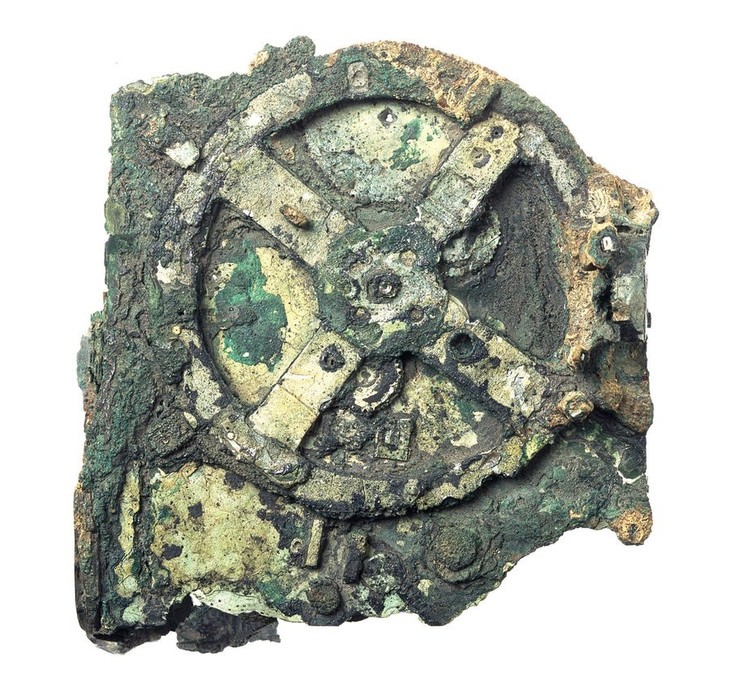 |
| The purpose of the Antikythera mechanism has been a mystery that has puzzled scientists for over 100 years. Recently, researchers have proposed that Antikythera may have been a toy that often got stuck. The feature that reveals the true purpose of this mechanism is the triangular teeth of the gears. Photo: 2005 National Archaeological Museum in Athens. |
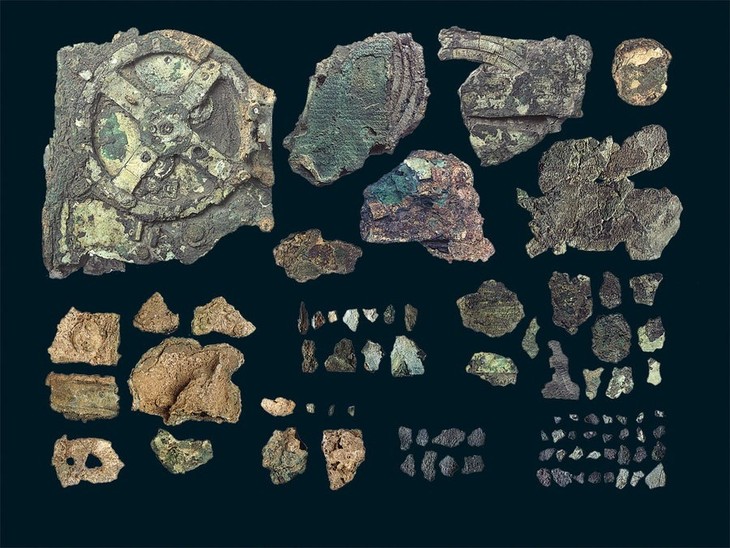 |
| A few years ago, CT scans revealed that the approximately 2,000-year-old Antikythera mechanism was an astronomical instrument. Consisting of a crank, interlocking gears, and a pointer, the mechanism could have served a variety of purposes, including displaying dates according to the Egyptian and Greek calendars, showing the positions of the Sun, Moon, and planets in the zodiac, and predicting future solar and lunar eclipses. Photo: 2005 National Archaeological Museum in Athens. |
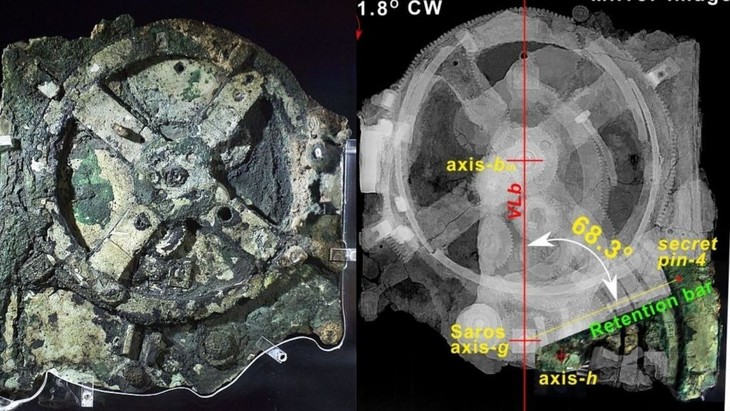 |
| For decades, researchers have been trying to figure out how accurate the Antikythera mechanism was because it could help explain its intended purpose. For example, if it didn’t work properly, it could have been a toy oreducational model. However, if it was extremely accurate, Antikythera could have been used by astrologers to make predictions and read horoscopes. Photo: vice.com. |
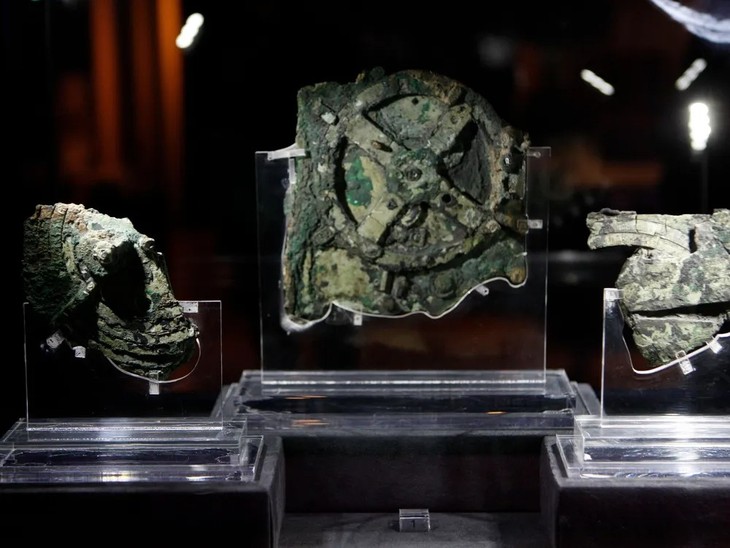 |
| The Antikythera Mechanism has spent more than 2,000 years buried at the bottom of the sea and some time in operation before that. As a result, its gears are heavily corroded and many parts are missing. Photo: Aristidis Vafeiadakis/ZUMA Press/Corbis. |
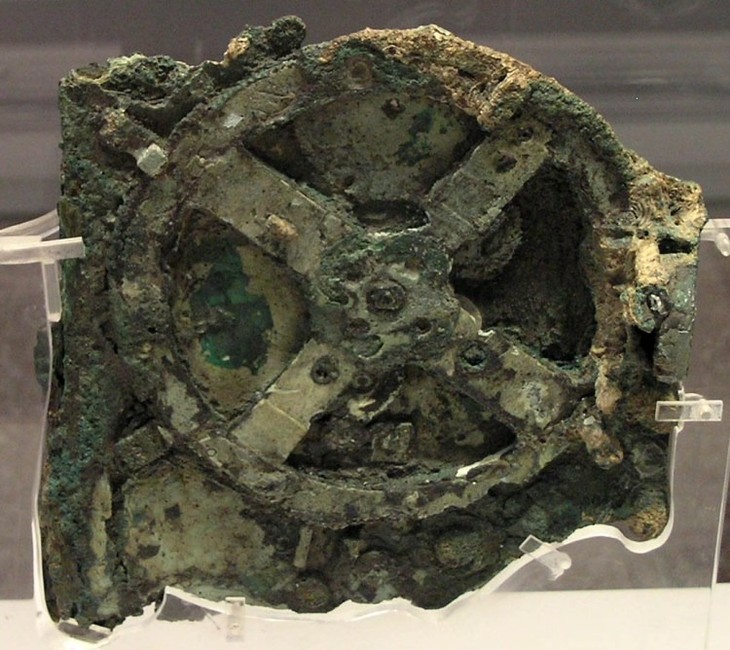 |
| In a new study published on April 1, Argentine scientists created a computer simulation that mimics the Antikythera mechanism’s movements. The simulation incorporates errors from the mechanism’s poor manufacturing process, in which the gears were not properly installed. Photo: Wikimedia Commons. |
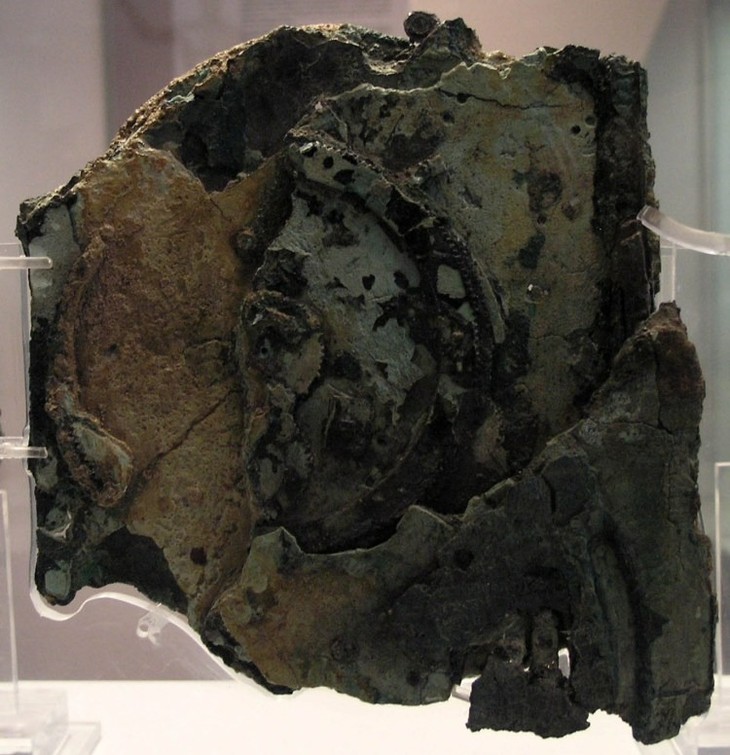 |
| Unlike previous attempts to recreate the Antikythera mechanism, the team also included an accurate model of the gears' triangular teeth, which affects how well they mesh together and how well the hand points toward the astronomical target. Photo: Wikimedia Commons. |
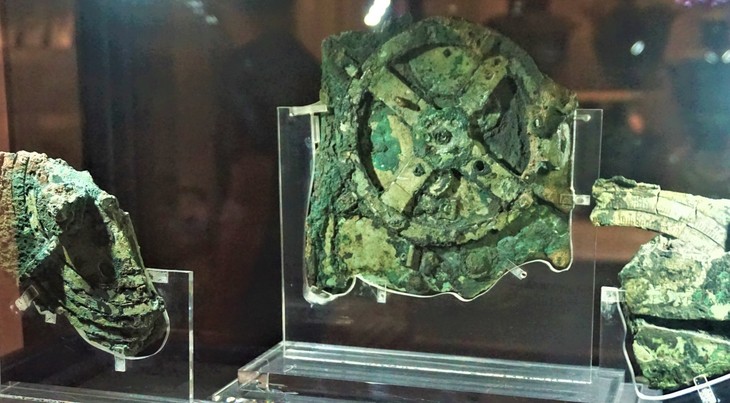 |
| From that model, experts found that the Antikythera mechanism was not really useful. It could only be turned for four months before it jammed or the gears fell off. After that, the user would have to adjust it to keep it running. Since the hand only marked the days of the year, the jamming problem seemed irrelevant. Photo: extremetech. |
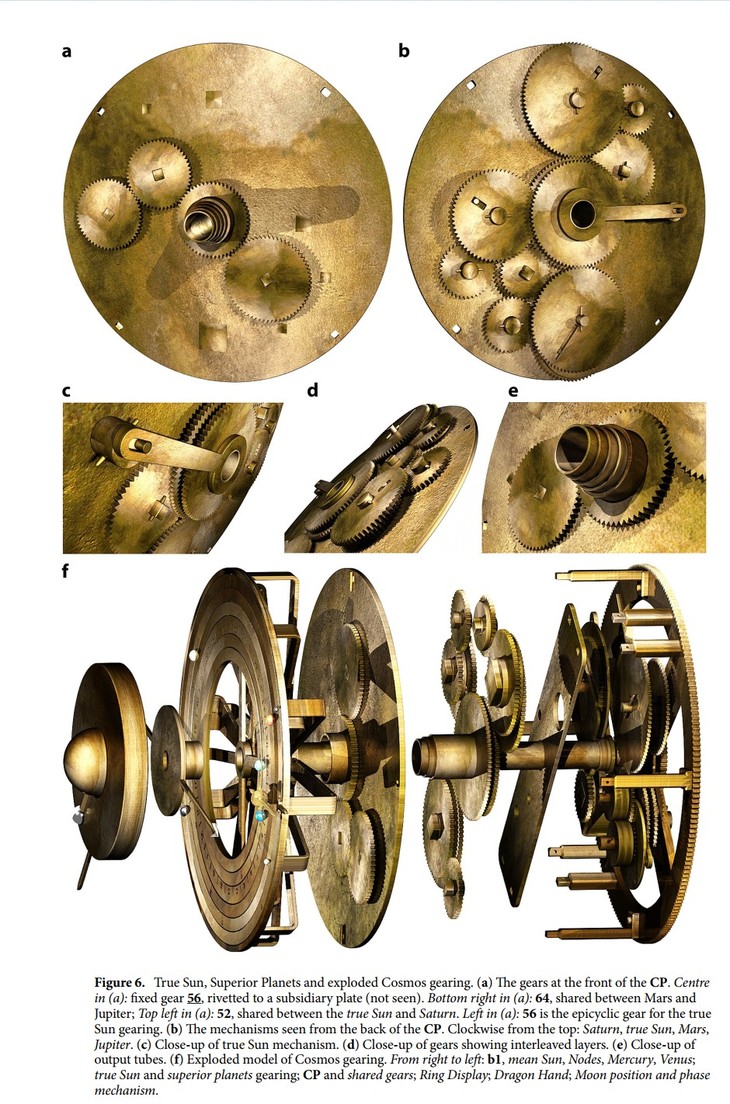 |
| One possibility the team proposes is that the Antikythera mechanism was a toy that didn’t require precision or that came with instructions that required the user to reset it after a few turns, like a mechanical clock that occasionally needs to have its spring adjusted. However, given the complexity and craftsmanship of the device, the researchers aren’t sure if Antikythera was really just a toy. Photo: extremetech. |
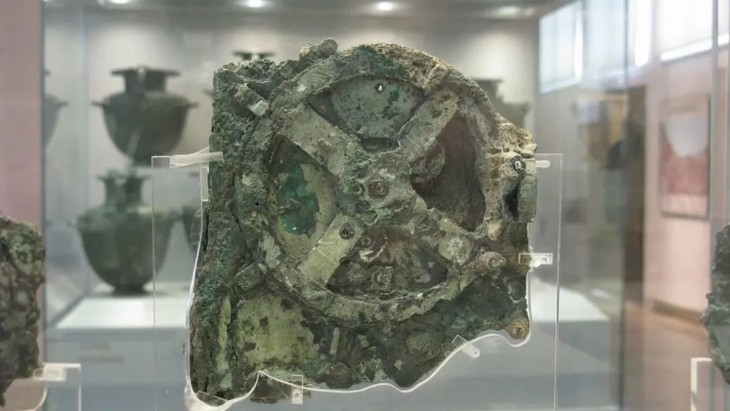 |
| Experts suggest a more likely possibility: CT scans only provide a limited level of resolution, and 2,000 years of corrosion have warped or distorted parts of the Antikythera mechanism far beyond their original state. The makers of the mechanism could have built it precisely enough to avoid jamming while still providing reliable predictions for years to come. Photo: Tilemahos Efthimiadis, Wikimedia Commons // CC BY 2.0. |
Readers are invited to watch the video: Close-up of the giant machine, building skyscrapers extremely fast.
Source: https://khoahocdoisong.vn/co-may-tinh-2000-tuoi-di-truoc-thoi-dai-hoa-ra-chi-la-mon-do-choi-post268065.html


![[Photo] Party and State leaders attend the special art program "You are Ho Chi Minh"](https://vphoto.vietnam.vn/thumb/1200x675/vietnam/resource/IMAGE/2025/5/18/6895913f94fd4c51aa4564ab14c3f250)

![[Photo] Ready for the top competitions of Vietnamese table tennis](https://vphoto.vietnam.vn/thumb/1200x675/vietnam/resource/IMAGE/2025/5/18/9c547c497c5a4ade8f98c8e7d44f5a41)

![[Photo] Many young people patiently lined up under the hot sun to receive a special supplement from Nhan Dan Newspaper.](https://vphoto.vietnam.vn/thumb/1200x675/vietnam/resource/IMAGE/2025/5/18/6f19d322f9364f0ebb6fbfe9377842d3)




















































































Comment (0)